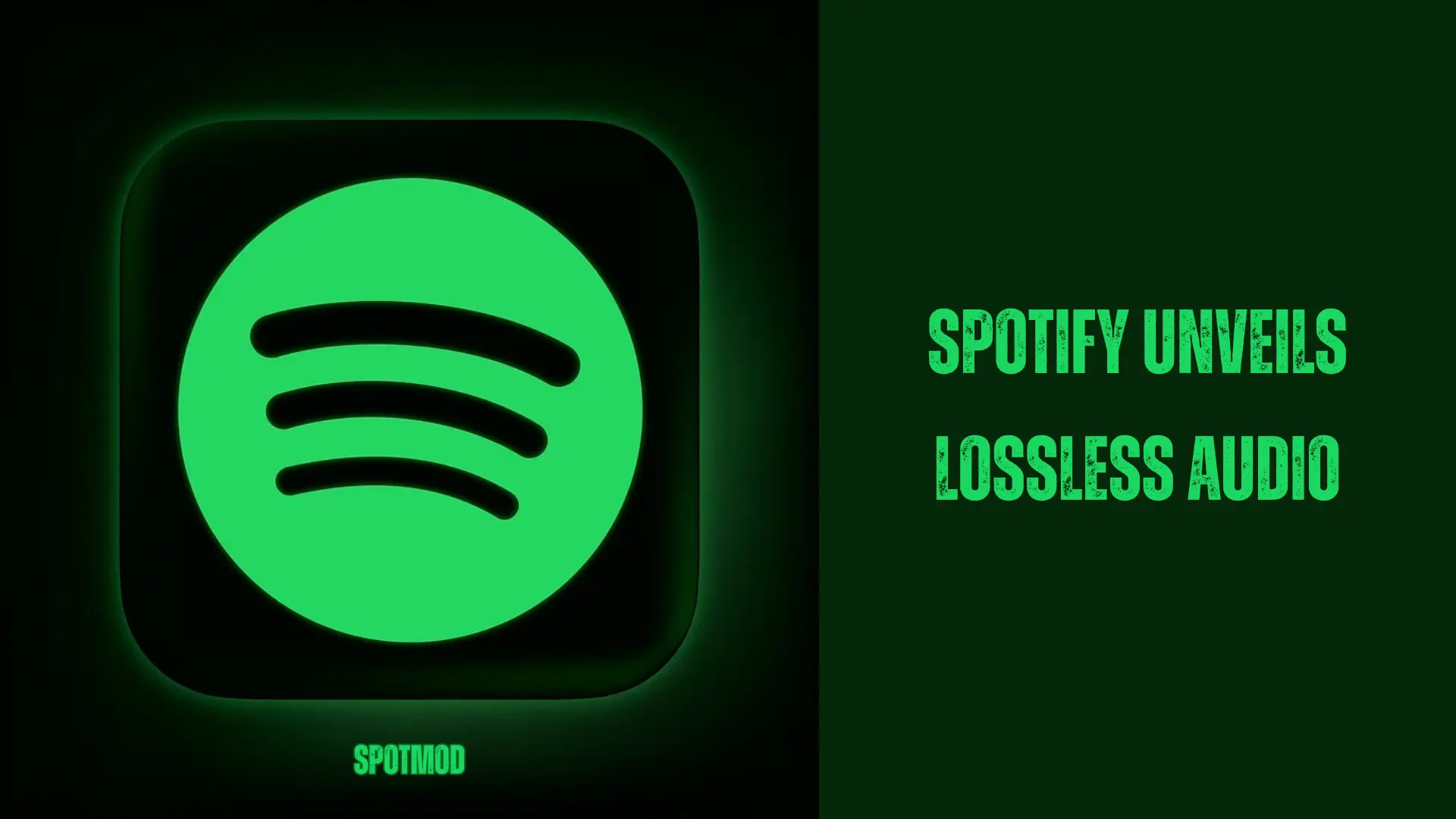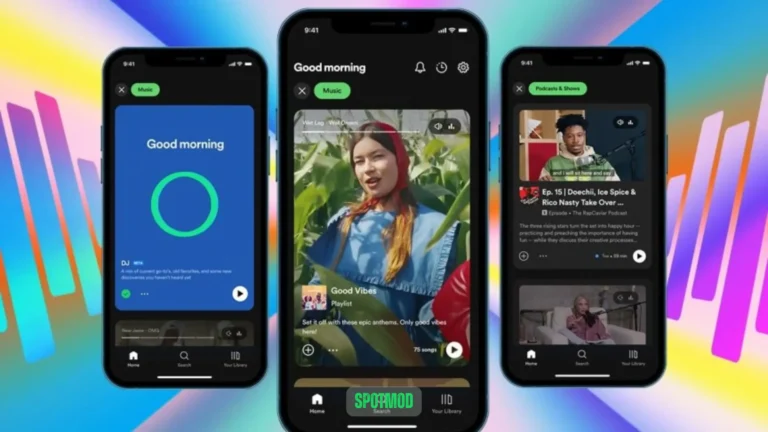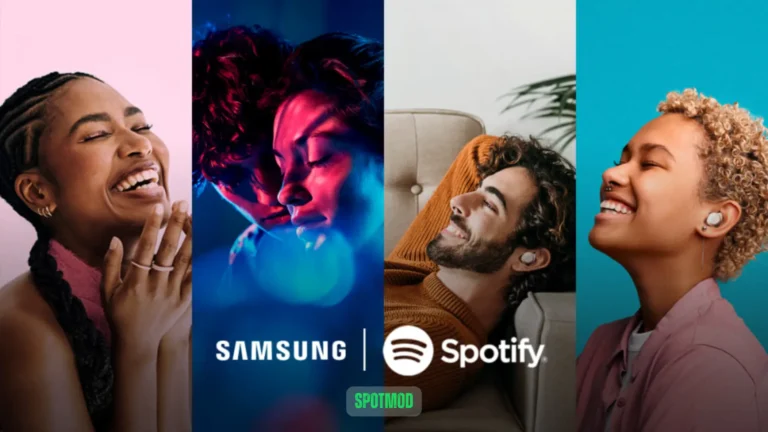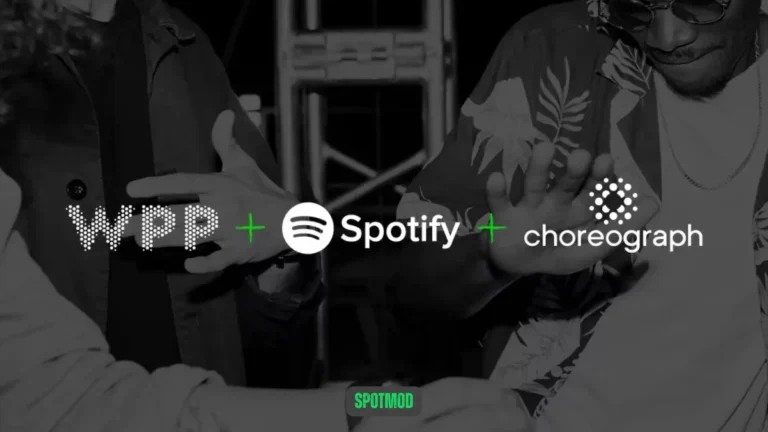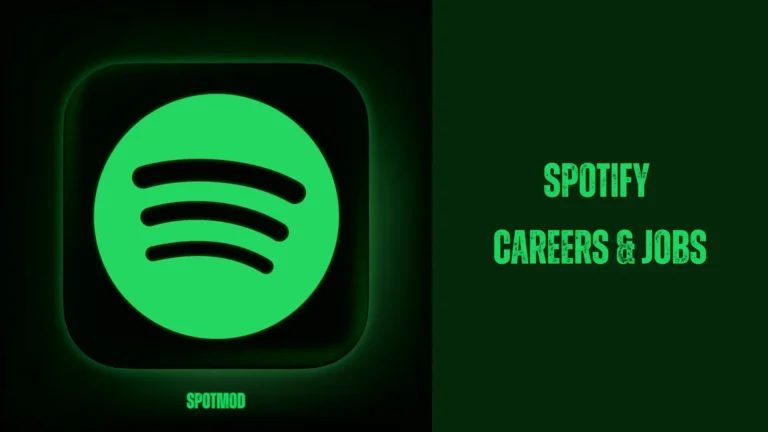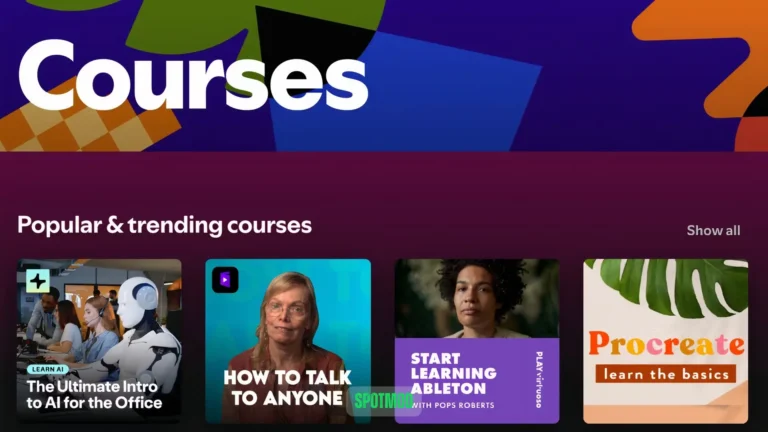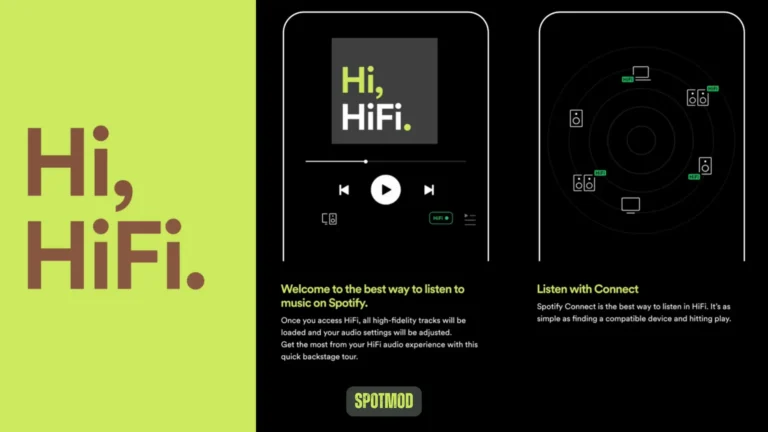Spotify Unveils Lossless Audio in 2025
After years of speculation and anticipation, Spotify has officially launched Lossless Audio in 2025, marking a transformative shift in how music is streamed and experienced on the world’s most popular music platform. This long-awaited upgrade aims to cater to audiophiles and premium users, bringing CD-quality sound and advanced streaming options to Spotify’s already vast ecosystem.
Is this Spotify’s most important update yet — or just a late entry into a market that’s already seen Apple Music, TIDAL, and Amazon Music leading the high-resolution charge?
Let’s dive into the core features, benefits, and potential limitations of Spotify’s new Lossless Audio service.
What is Lossless Audio?
Lossless Audio refers to music that is not compressed in a way that removes any part of the original recording. Unlike standard streaming formats (which use lossy compression like MP3 or AAC), lossless formats retain every detail, resulting in clearer, more dynamic, and true-to-recording sound.
Lossless files are typically larger and require more bandwidth and better equipment to appreciate fully, but the payoff is a studio-like listening experience.
Characteristics of Spotify Lossless Audio
Enhanced Audio Quality
1. Up to 24-bit/44.1kHz
Spotify’s new lossless tier supports up to CD-quality resolution — equivalent to 24-bit/44.1kHz, offering crisp highs, tight bass, and wider soundstage compared to compressed streams.
2. Bitrate Options
Listeners can choose between multiple quality settings depending on their internet speed, data plan, or device capability — with automatic adjustments enabled for smart playback.
3. FLAC Format
Spotify now uses FLAC (Free Lossless Audio Codec) — a widely supported, open-source format known for preserving audio detail without compressing away quality.
Compatibility and Device Recommendations
1. Device and Connection Assessment
To truly enjoy Lossless Audio, users need compatible hardware. Spotify’s new tier works best with wired headphones, DACs (digital-to-analog converters), and high-fidelity speaker systems.
2. Wired Devices and Spotify Connect
For audiophiles, using wired headphones or Spotify Connect-compatible soundbars and HiFi systems is recommended to avoid Bluetooth compression and ensure bit-perfect playback.
Download Options
Lossless audio tracks can be downloaded for offline listening, though they consume significantly more storage. Users will see file sizes clearly marked before download.
Subscription Model
1. Potential Plan
Spotify Lossless is introduced as an add-on to Spotify Premium, likely under a new “Spotify HiFi” or “Spotify Platinum” tier. Pricing varies by region but is expected to cost slightly more than the standard Premium plan.
2. Additional Features
The tier may also include perks like priority access to new features, studio-quality mastering tools, and enhanced listening analytics.
User Interface Enhancements
1. New Streaming Options
A new “HiFi” icon appears next to lossless-available tracks. Playback quality is adjustable via the Settings menu, offering toggles for WiFi vs mobile data playback.
2. Advanced Filtering Options
Users can now filter search results by audio quality — letting you browse only lossless-supported albums, remasters, or playlists.
Future Developments
1. Ongoing Testing and Feedback
Spotify is actively collecting user data and feedback to optimize buffering, device compatibility, and sound calibration for broader release across devices and regions.
2. AI-Powered Playlists
The launch is being paired with AI-powered playlist curation, tuned specifically for Lossless playback — with genre-based mixes optimized for studio-quality delivery.
Advantages and Disadvantages of Spotify’s Lossless Audio
Pros
Cons
Conclusion
Spotify’s Lossless Audio rollout in 2025 is a major step forward, especially for users who value sound quality as much as music variety. While late to the party, Spotify’s integration of FLAC support, enhanced UI, and device sync offers an intuitive, high-fidelity listening experience.
Whether you’re an audiophile or a casual listener ready to upgrade, Spotify’s new tier brings it closer to industry-leading audio quality — without losing the convenience and personalisation Spotify is known for. Get Spotify for iOS, Android, MacOS, PC & Smart TV and enjoy the vibe.
To explore more Spotify features, mods, or streaming tips, visit our homepage.

